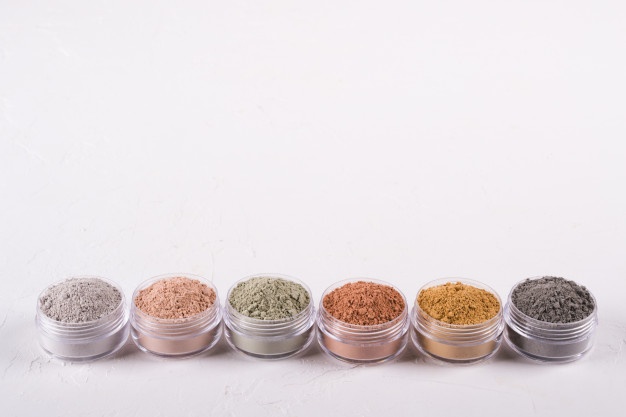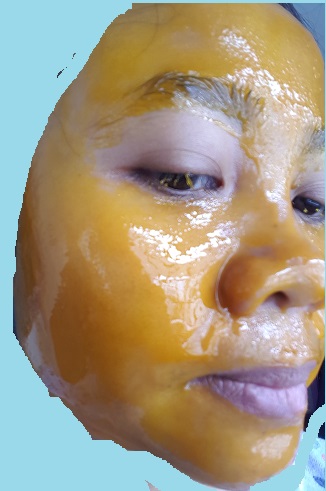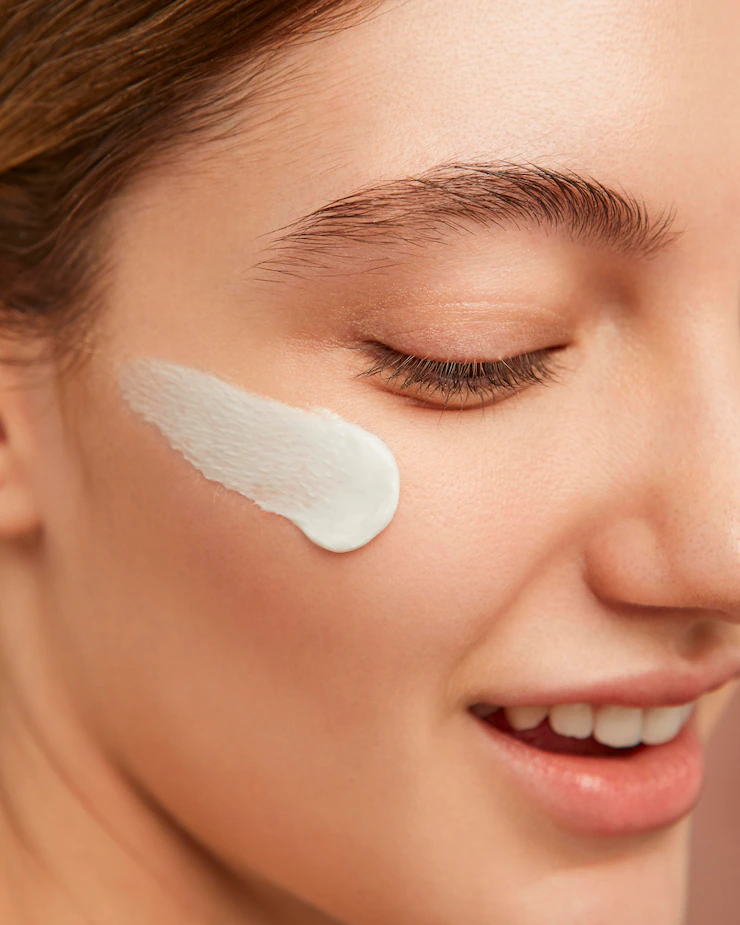- Home
- Ingredients
- Cosmetic Clay
Cosmetic Clay

What is a cosmetic clay?
A cosmetic clay is a naturally-occurring mineral powdery substance that is formed from weathered rock or as part of volcanic ash.
Clay minerals are composed essentially of silica, alumina or magnesium. When clay is combined with liquid, it can be molded into shape.
Clay is used in cosmetics for a number of different ways as a:
- filler
- thickener
- stabilizer
- base
- medium to transport vitamins/actives into the skin
Characteristics of clay
The clay is often a powder with many different colors. Other than this, it is also:
- absorbs large amounts of liquid
- powdery when dry, muddy when wet
- has long shelf-life (as long as you keep it dry)
- economical in cost
- able to absorb toxins and bacteria (adsorption)
- has regenerating properties
- has anti-inflammatory properties
- has anti-parasite properties
- has antiseptic properties
- a natural healing agent and requires no doctor to administer
How many types of cosmetic clay are there?
There are 9 types of cosmetic clay that you can use to make your product.
- Rhassoul clay
- Kaolin clay
- Bentonite clay aka Montmorillonite clay
- Green clay
- Dead sea mud
- Red clay
- Pink clay
- Fuller's Earth
- Blue Cambrian clay aka Illite clay
Different clays will have different properties
Depending on what product you are formulating, choosing the right clay or clay combination can be a little bit difficult.
Don't worry, I will help narrow down your choices so that you can create the perfect cosmetic product each and every time!
Rhassoul clay - swells more than other clays, good for oily skin
Kaolin clay - very mild so suitable for people with sensitive, mature or dry skin, has strong adsorbent properties (attracts toxins)
Bentonite clay aka Montmorillonite clay - has no odour, non-staining, strongly absorptive
Green clay - contains up to 9 important mineral oxides, including magnesium, calcium, potassium, dolomite, silica, manganese, phosporous, silicon, copper, and selenium
Dead sea mud - High in salts and minerals, exhibits high antimicrobial activity
Red clay - suitable for people with oily skin, does not expand when it comes into contact with water, will stain fabrics
Pink clay - suitable for people with sensitive, mature or dry skin, has strong adsorbent properties (attracts toxins)
Fuller's Earth - makes a good powder-based ingredient, good for oily and acne-prone skin, has strong adsorbent properties (attracts toxins)
Blue Cambrian clay aka Illite clay - appears bluish powder, reduce blemishes, calms eczema-ic and inflamed skin, has strong adsorbent properties (attracts toxins), reduces wrinkles
What can you make with cosmetic clay?

You can make plenty of products with clays! You can mix with cosmetic butter to create a muddy, creamy formula!
- Facial masque
- Homemade Toothpaste
- Cream cleanser
- Body masque
- Body wrap
- Post-natal belly wrap
- Gentle facial scrub
- Facial polish
- Exfoliator
Personally, I am a clay lover! I have made hundreds of facial masques for myself and my family!
Where to buy clay?
Earth Clay Store - United Kingdom
Bramble Berry - USA
Rainforest Chica - USA
 Egg Yolk + Kaolin Clay Facial Masque
Egg Yolk + Kaolin Clay Facial Masque Rosewater + Rhassoul Facial Masque
Rosewater + Rhassoul Facial Masque
